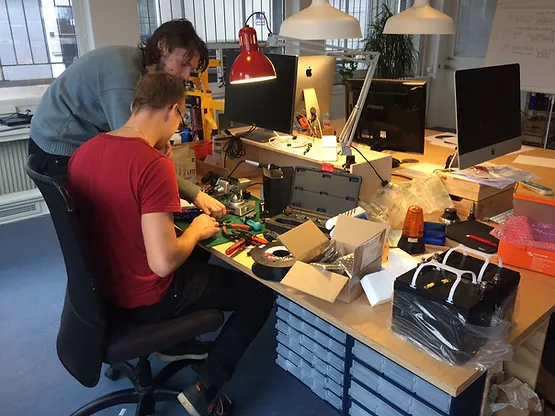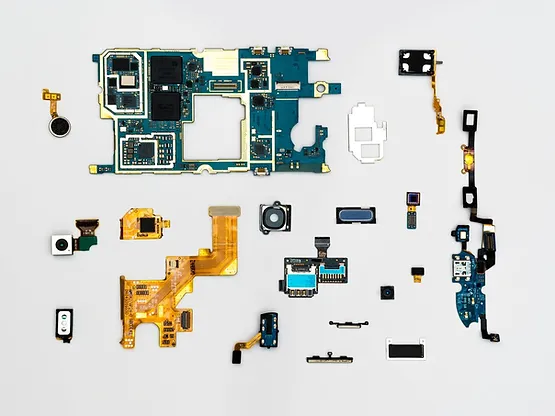As an inventing company who creates concepts and technical solutions for a number of industries – we never focus on the technology. When the magical concept has been found the technical challenges is on challenges – and if we can’t solve them in-house we greate partnerships.
We have a problem and we need an IoT device to solve it. A customer’s initial idea might sound something like that, but we always try to go a step further. Otherwise, the technology is at risk of getting in the way of the right solution.
As inventors our finest task is to throw ourselves at a problem, find the technical challenges and come up with a strong concept that solves the problem. And in that process technology is never taking the lead.
We don’t lock ourselves into a technology that has to be the answer to the problem. What’s most important is to find the magical concept that the world has never seen before. If that solution then demands skills we don’t have in the team, we find the skills through partnership. In that way, we often end up with a better solution in the end, because the partnerships give the team a wide range of skills.

A locker-solution isn’t about the lock
The company MyLocker contacted us when they were looking for a new concept for their locker rental. The mechanical locks – and the huge amount of manual labour that came with – had to be changed for a digital locker-solution.
There wasn’t anything on the market that suited their need, so we threw ourselves at the problem – without knowing what the solution might be.
In a project like that, the ideation is very much about what surrounds the product – the digital lock. How do make a concept that supports the workflow of the company and the needs of the end user at the same time? And then when the concept is in place: Which technologies can bring the vision about centrally controlling the digital lockers instead of manually driving around and recode them?
Naturally, we do also look into which technologies might be able to fit the idea and the physical size of the product we’ve initially imagined. But the concept as well as technology has to be developed around the use case of the end user and service provider – not just how we make the coolest gadget. The concept contains so much more than a gadget, and that’s important to develop before the technologies are chosen.
Because even after the concept was in place we researched different technologies. In fact, we always try to postpone the technology decision as much as possible. Tech is often moving so fast, that the prices of components are falling during the development process – and at the same time it has to be in the sweet spot between “sturdy and proven” and “too old to use” when the product hits the market.
Partnerships as an extended arm
IoT is a new, hot buzzword that many uncritically are wishing for. And the technology is capable of a lot – but that’s not necessarily an argument for using it.
During development, it isn’t about technology – but the solution. And in that process, we always focus on what we’re good at: The problem, the concept and the design. We took the looker concept to the prototyping stage, and afterwards, we found a strong IoT-partner to develop the tech and make it ready for production.
In that way, we’re keeping ourselves independent of the technology far into the process and avoid getting attached to a specific technology that we’re trying to force on to the solution.
As a byproduct of the technology agnostic approach we ensure, that we limit ourselves to having our core competencies – inventing – in our own business, which minimizes risk. And at the same time, we’re building strong partnerships with a wide range of skills capable of developing systems and new spinoffs.

